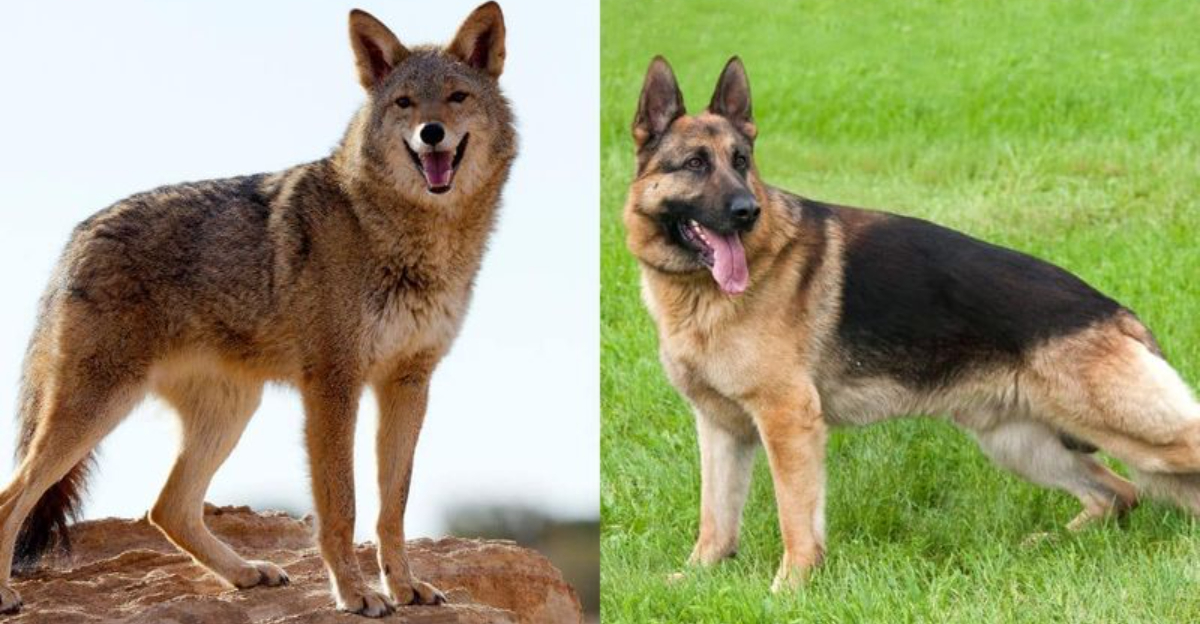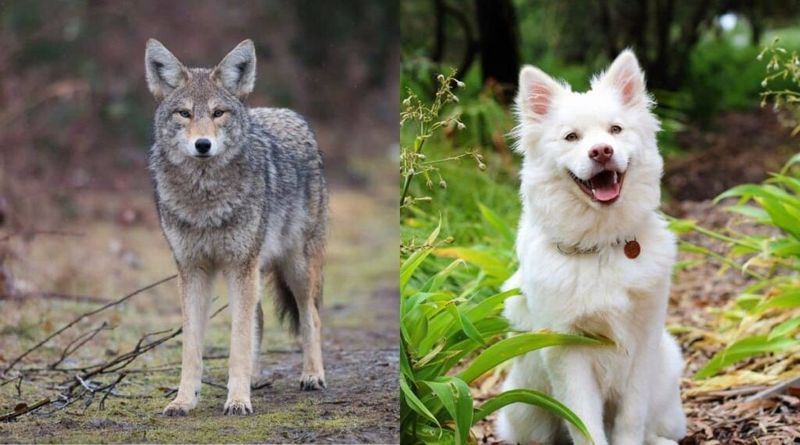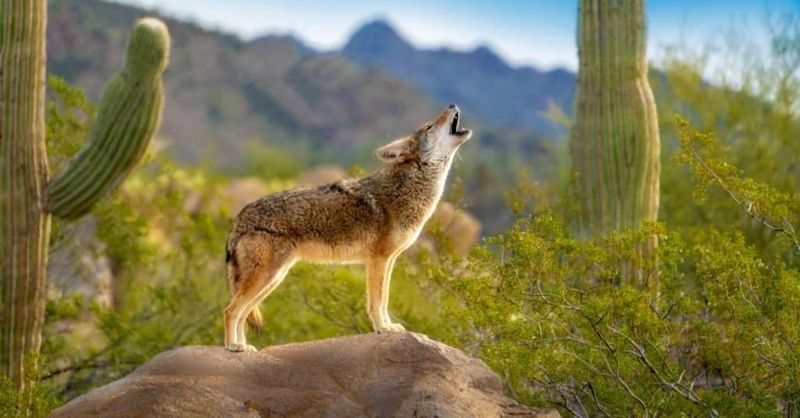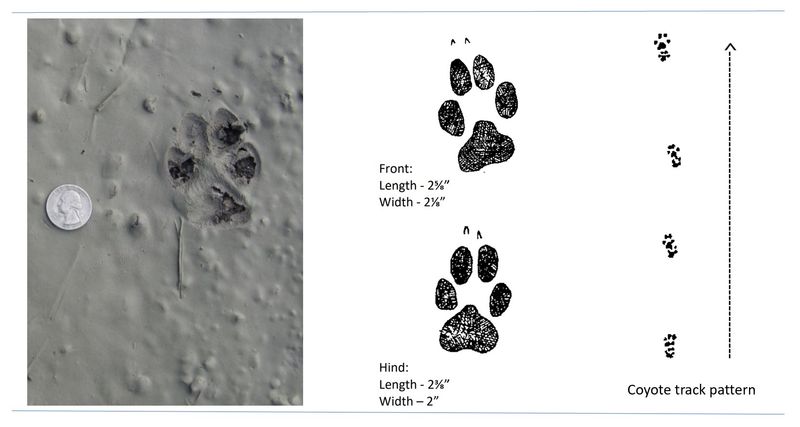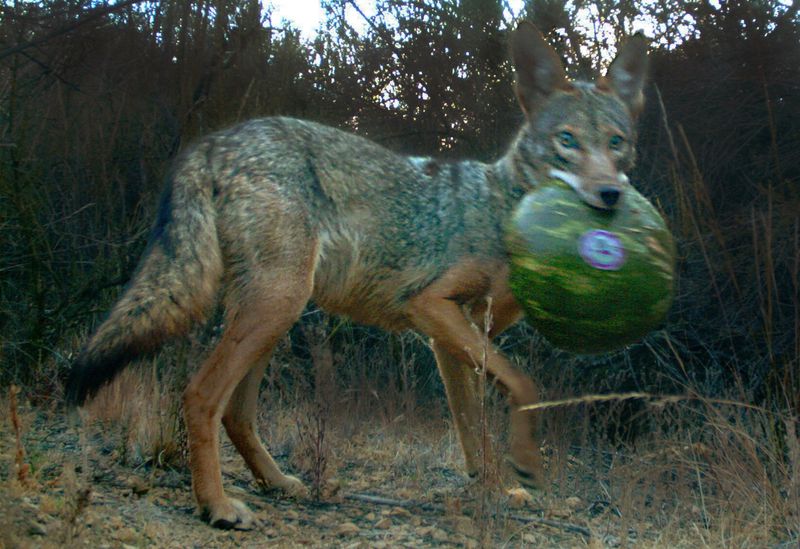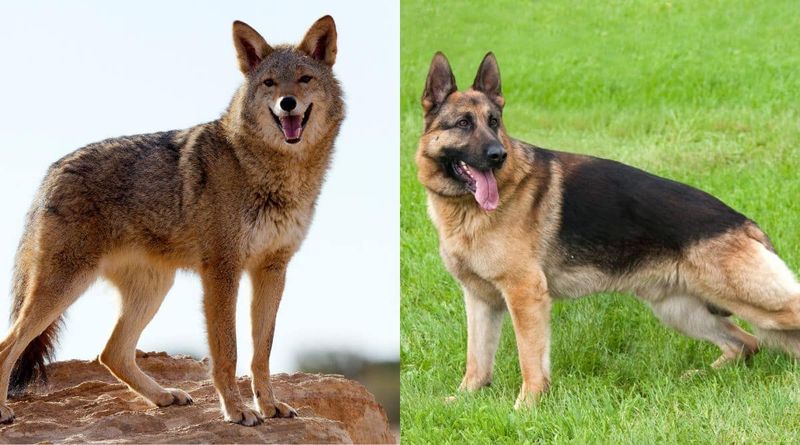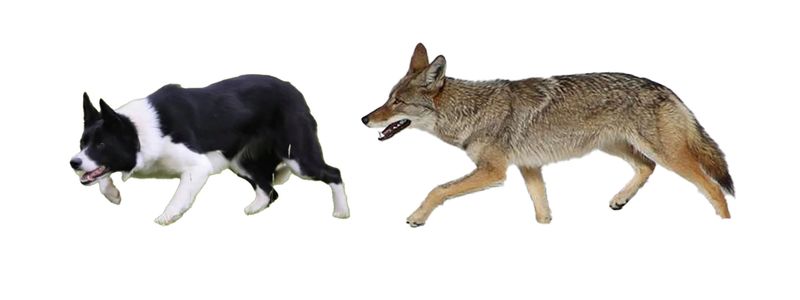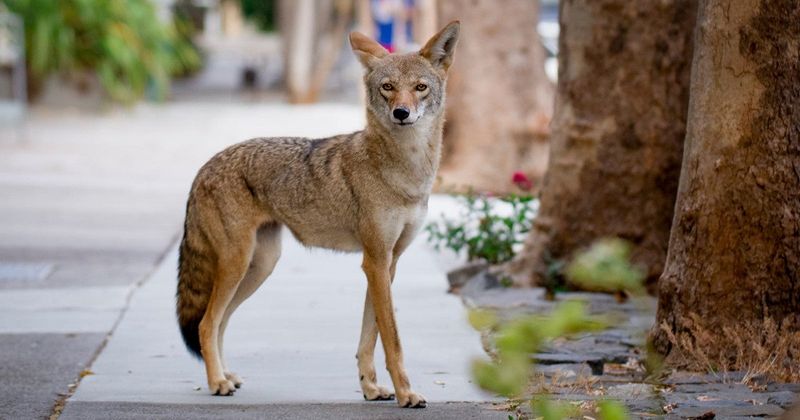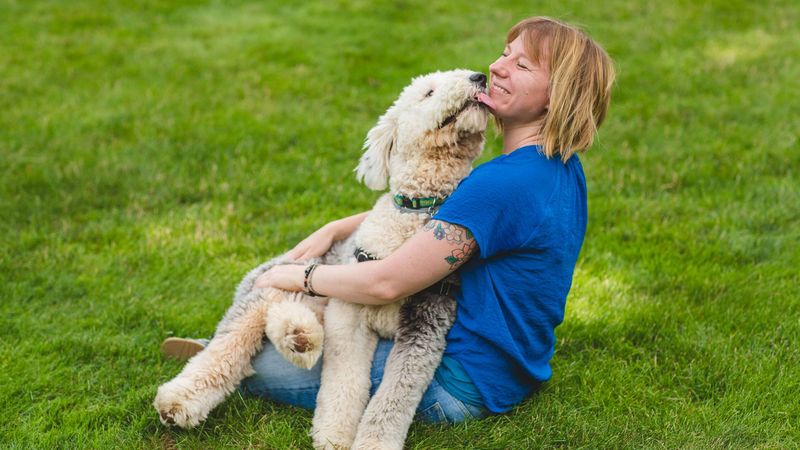Distinguishing between coyotes and dogs can be a fascinating yet challenging endeavor, especially when they share similar environments. Whether you’re strolling through the woods or observing from your backyard, knowing these differences can enhance your understanding and appreciation of these creatures. This article breaks down ten key differences in an engaging manner, helping you easily identify each one in the wild or at home.
Physical Appearance
Coyotes often possess a lean, mean look, with long legs and a bushy tail. Their coats are usually greyish-brown, helping them blend into the wild. Dogs, however, come in a plethora of shapes, sizes, and colors. From the fluffy Pomeranian to the muscular Rottweiler, the diversity is remarkable. Look closely at the tail; a coyote’s tail hangs low, unlike the variety in dogs. Appearance isn’t just fur-deep; it’s a window into their world, revealing the adaptation needed for survival. A fascinating glimpse into nature’s ingenuity!
Vocalizations
Coyotes communicate through a series of high-pitched howls, yips, and barks, often heard during dusk or dawn. Their vocalizations are a haunting symphony of the wild, signaling territory or summoning pack members. Dogs, meanwhile, bark in varied pitches and tones, often to alert or express excitement. Listen closely; a coyote’s call is more melodic, whereas a dog’s bark can range from a deep woof to a high-pitched yap. These vocal differences not only aid identification but also immerse you in their world, a soundscape of natural communication.
Tracks and Scat
Looking down, tracks and scat tell tales of the animals’ presence. Coyote tracks are oval with pointed toes, often in a single line. Their scat is rope-like, frequently containing fur or bones, hinting at their carnivorous diet. Dog tracks, however, are more rounded, with visible claw marks. Their scat varies but is generally softer, reflecting diverse diets. These signs, often overlooked, provide crucial clues to identify them. By studying these patterns, you become a detective of the wild, unraveling mysteries hidden in plain sight.
Diet and Hunting Habits
Coyotes are opportunistic hunters, feasting on small mammals, birds, and even fruits. Their diet is a testament to their adaptability in the wild. Dogs, however, rely on humans for food, consuming specialized diets tailored to their needs. While a coyote may stealthily hunt at night, a dog waits eagerly by its bowl. These differences in dietary habits not only distinguish them but also reflect their roles in the ecosystem. Through these habits, we glimpse the complex web of survival strategies each employs in their respective worlds.
Behavior and Temperament
Coyotes are naturally wary and solitary creatures, often seen prowling silently through forests. Their temperament reflects survival instincts, always cautious and alert. On the other hand, dogs have been bred for companionship and loyalty. Observe a dog in a backyard; its playful antics and wagging tail showcase friendliness. This behavior difference is a testament to their domestication. Understanding these traits can prevent misidentification in the wild. In recognizing these behaviors, you not only identify but appreciate the unique roles each plays in their environment.
Social Structure
Coyotes often roam in pairs or small family groups, exhibiting a pack mentality. Their social structure is less rigid than wolves but fosters cooperation. Dogs, however, display diverse social interactions. From solitary breeds to those thriving in groups, their behavior reflects human influence. Observing coyotes in the wild, you’ll notice their seamless teamwork, a stark contrast to a dog’s playful spontaneity. This distinction is key to understanding their nature and interaction with the environment. It highlights how their social systems have evolved over time.
Habitat Preferences
Coyotes thrive in varied environments, from dense forests to open plains. Their adaptability to suburban areas is remarkable, often seen in the twilight hours. Dogs, however, prefer comfort and safety, usually found in homes or fenced yards. This difference in habitat preference highlights their adaptive strategies; coyotes blend into the night, while dogs stay close to human habitats. Understanding these preferences can aid in spotting them, revealing how each has carved a niche in the environment, balancing between wild instincts and domestication.
Reproductive Behavior
Coyotes form monogamous pairs, sharing parental duties. Their mating season is a coordinated affair, with both parents actively involved. Dogs, however, may exhibit varied breeding behaviors influenced by humans. From planned breeding to unexpected litters, their reproduction is often managed. This contrast in reproductive behavior reflects their adaptation strategies, a dance of nature versus nurture. By observing these patterns, we gain insight into their life cycles, understanding how each species perpetuates its lineage in a world of constant change.
Lifespan and Health
Coyotes live around 10 to 14 years in the wild, facing challenges of nature. Their lifespan reflects resilience amidst predators and scarce resources. Dogs, with care and nutrition, can live beyond 15 years, celebrating birthdays with wagging tails. Health concerns differ; coyotes deal with diseases like rabies, while dogs face breed-specific issues. These lifespan and health differences are a narrative of survival and companionship, showcasing how each navigates life’s obstacles. By learning about these aspects, we appreciate the journeys they embark upon.
Interaction with Humans
Coyotes maintain a wary distance from humans, often elusive and ghost-like in their presence. Their sensitivity to human activities influences their behavior, a testament to survival instincts. Dogs, in contrast, revel in human company, enjoying games and companionship. This interaction difference highlights their evolutionary paths; coyotes remain a symbol of the untamed, while dogs are cherished family members. Observing these interactions reveals their adaptability, offering insights into how each has evolved alongside humans, reflecting a complex relationship intertwined with history.
